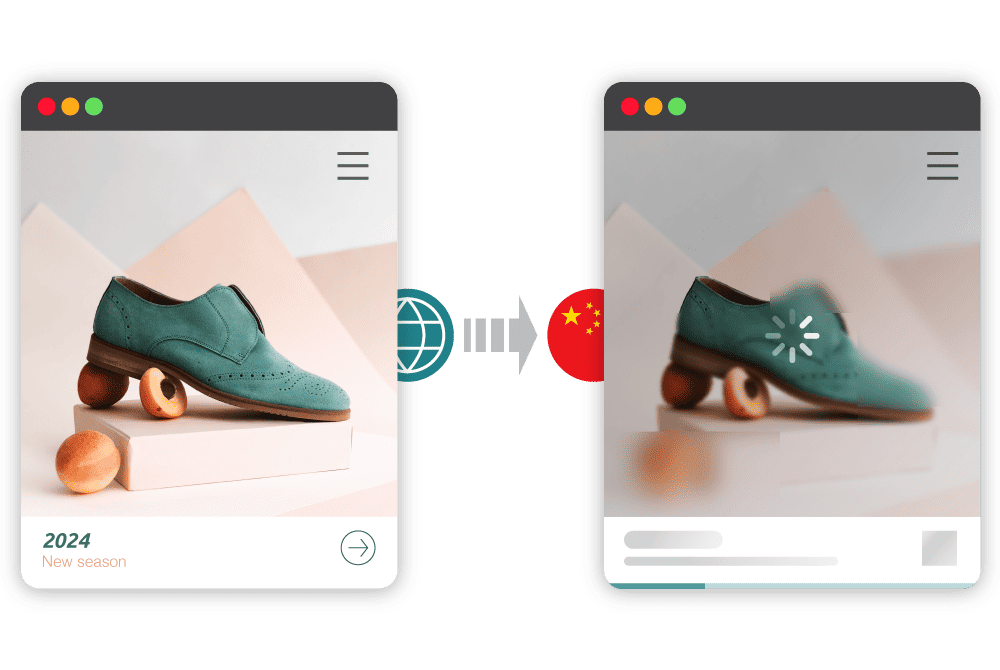In the ever-evolving digital landscape of 2024, OTT (over-the-top) platforms have become a cornerstone of the media and entertainment industry. With a significant shift in audience behavior towards online video consumption, there are immense opportunities for content creators and distributors to tap into this lucrative market. This comprehensive guide outlines key strategies for building and monetizing a successful OTT platform.
What is OTT and how has the shift of audience to online video consumption benefited streaming platforms?
OTT platforms deliver content directly over the Internet, bypassing traditional media distribution channels like cable or broadcast television. This shift to online video consumption has been fueled by the proliferation of high-speed internet and smart devices, leading to a paradigm shift in how audiences consume media. This trend has not only democratized content creation and distribution but has also opened up new revenue streams and marketing channels, making it an attractive proposition for businesses and entrepreneurs.
One significant advantage of OTT platforms is their ability to cater to niche markets. Unlike traditional TV, which often targets broad audiences, OTT services can successfully operate in specialized segments, providing content tailored to specific interests, languages, or regions. This focused approach leads to higher engagement rates and loyalty, as audiences find content that resonates more deeply with their preferences.
Factors That Make OTT Business A Grand Success
Find your Niche and Build a Community
Whether it’s niche sports, regional movies, or specialized educational content, a focused approach helps in creating a dedicated community. This community consumes content and advocates for it, driving organic growth.
Understanding the Target Audience and Content Strategy
Demographic data, viewing preferences, and behavioral insights should inform the content strategy. The goal is to create or curate content that not only attracts viewers but also keeps them engaged over time.
Custom-Built vs. Off-the-Shelf Solutions
The choice between custom-built and off-the-shelf OTT solutions depends on budget, technical expertise, and specific requirements. Custom-built solutions offer flexibility and uniqueness, but they can be costly and time-consuming. Off-the-shelf solutions, on the other hand, are more accessible but may lack certain bespoke features.
Choosing the Right OTT Technology Platform
The success of an OTT platform heavily relies on its underlying technology. It must support high-quality streaming, have robust security measures, and be scalable to handle varying user loads. Additionally, it should provide comprehensive analytics to track user engagement and content performance.

Designing a User-Friendly Interface
The platform should be intuitive, aesthetically pleasing, and easy to navigate. Features like personalized recommendations, seamless playback, and multi-device compatibility enhance user experience significantly.
Important Metrics to Track
Data-driven decisions are key to success, luckily, video streaming solutions like Mlytics, help you to understand your audience. Here are some important metrics to track:
- Viewership Metrics: This includes total views, unique viewers, and average watch time. These metrics provide insights into the popularity of the content and overall engagement levels.
- Subscriber Growth and Churn Rate: Monitoring the rate of new subscriber sign-ups versus those who cancel is crucial. A high churn rate can indicate dissatisfaction or a need for more engaging content.
- Content Performance: Metrics like most-watched shows or movies can guide future content creation or acquisition strategies.
- User Engagement: Look at how users interact with your platform. This includes frequency of visits, session duration, and interaction with features like search and recommendations.
- Revenue Metrics: For monetized platforms, tracking revenue per user, overall revenue growth, and the effectiveness of different monetization strategies (like ads vs. subscriptions) is vital.
- Device and Platform Usage: Understanding what devices (smartphones, tablets, smart TVs) and platforms (web, app) your viewers use help in optimizing content and user interface for those mediums.
- Quality of Service Metrics: This encompasses streaming quality, buffering rates, and error rates. High performance in these areas leads to better user experience and reduced churn.
- Customer Satisfaction and Feedback: Regular surveys and feedback mechanisms can provide qualitative data on user satisfaction, preferences, and areas for improvement.
By closely monitoring these metrics, OTT platforms can make informed decisions about content, marketing, and overall strategy, driving growth and sustainability in the competitive digital streaming market.
Technologies Involved in Building an OTT Platform
Building an OTT platform requires a mix of advanced technologies to ensure a seamless, high-quality user experience. Key technologies include:
- Content Delivery Network (CDN): CDNs are crucial for delivering large media files efficiently across the globe. They reduce latency, improve load times, and handle high traffic volumes, ensuring a smooth streaming experience.
- Cloud Hosting and Storage: Cloud solutions offer scalability and reliability for hosting OTT platforms. They provide flexible storage options for a growing library of content and the ability to scale server resources as viewer numbers fluctuate.
- Streaming Protocols: Technologies like HLS (HTTP Live Streaming) and MPEG-DASH (Dynamic Adaptive Streaming over HTTP) are essential for delivering content in various qualities, adapting to different internet speeds and device capabilities.
- Video Encoding and Transcoding: This involves converting content into digital formats suitable for streaming. Advanced encoding solutions optimize video quality and compression, balancing high-quality visuals with bandwidth considerations.
- DRM (Digital Rights Management): DRM technologies protect content from unauthorized use and piracy, a critical aspect for content creators and rights holders.
- Analytics and Data Processing Tools: To process and interpret the vast amount of data generated by user interactions, advanced analytics tools are necessary. They provide insights into user behavior, content performance, and operational efficiency.
- AI and Machine Learning: These technologies are used for personalized content recommendations, predictive analytics for subscriber churn, and automated customer service interactions.
- User Interface (UI) and User Experience (UX) Design Tools: UI/UX design tools help in crafting a user-friendly platform that keeps viewers engaged.
- Payment Gateway Integration: For subscription-based services, secure and efficient payment systems are essential. These systems should support multiple payment methods and currencies, ensuring ease of transaction for users globally.
- Multi-Platform Support: Ensuring compatibility across various devices and operating systems (iOS, Android, Web, Smart TVs) is crucial for reaching a wider audience.
Choosing the Monetization Model

There are several ways to generate revenue from an OTT platform:
Video Advertising Networks (VAN)
Integrating with VANs can be an effective way to monetize content. It involves displaying ads before, during, or after the video content, providing a steady revenue stream.
Direct Advertising
This involves directly partnering with advertisers to showcase their products or services on the platform. It offers more control over the advertising content and can be a lucrative option if the platform has a significant audience.
Subscription
A subscription model offers a predictable revenue stream. Viewers pay a recurring fee for access to content, which can be tiered based on access levels, exclusivity, or additional features.
Video on Demand
Video on Demand (VoD) allows users to pay for specific content. This model is particularly effective for premium content or special events and offers flexibility to the viewers.
In a nutshell
Launching and monetizing an OTT platform in 2024 involves a combination of strategic content curation, robust technology infrastructure, a user-centric approach, and a well-thought-out monetization strategy. Success in this space requires a keen understanding of market trends, audience preferences, and the evolving digital ecosystem.
How Mlytics Can Help You
Mlytics offers a range of specialized services that can significantly enhance the performance and reach of your OTT platform. With its expertise in CDN optimization, Mlytics ensures efficient and reliable content delivery globally. Their real-time analytics tools provide invaluable insights into viewer behavior and content performance, aiding in strategic decision-making. Additionally, its services also focus on scalability, ensuring that your platform can handle growing user demands without compromising on quality. Furthermore, Mlytics assists in optimizing platform performance across various devices and operating systems, crucial for reaching a wider audience. With Mlytics, OTT platforms can achieve improved user experience, increased viewer engagement, and enhanced content security.



